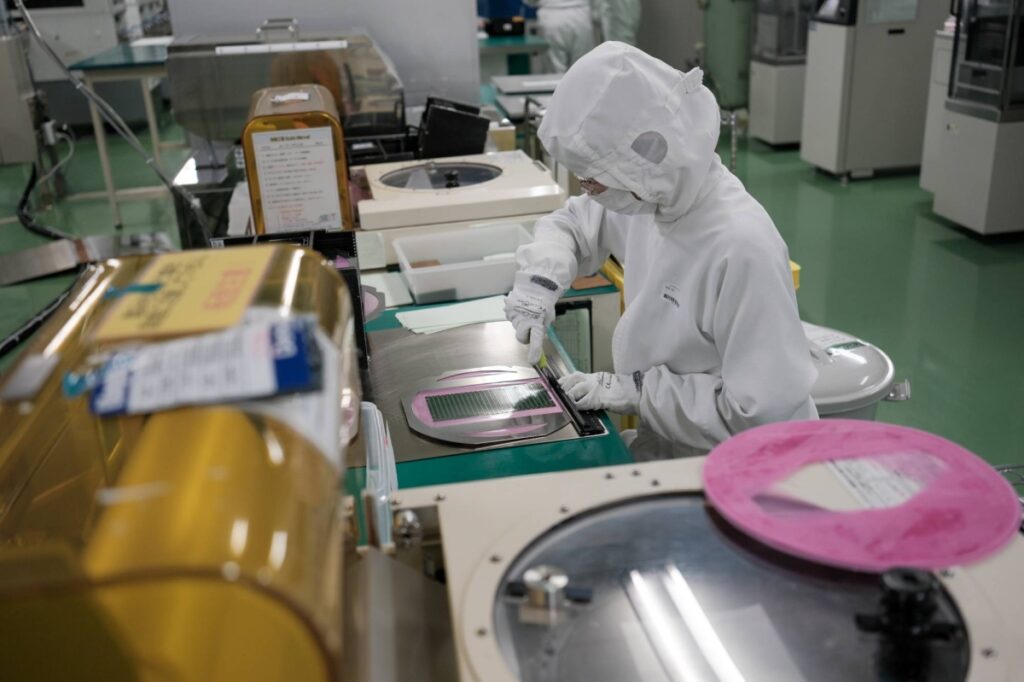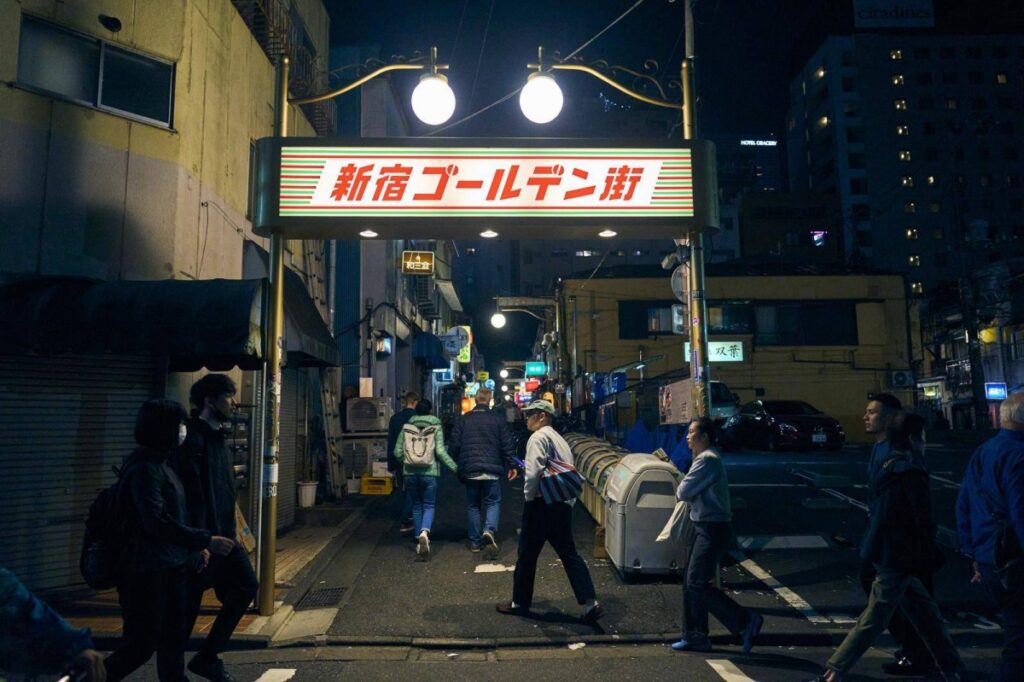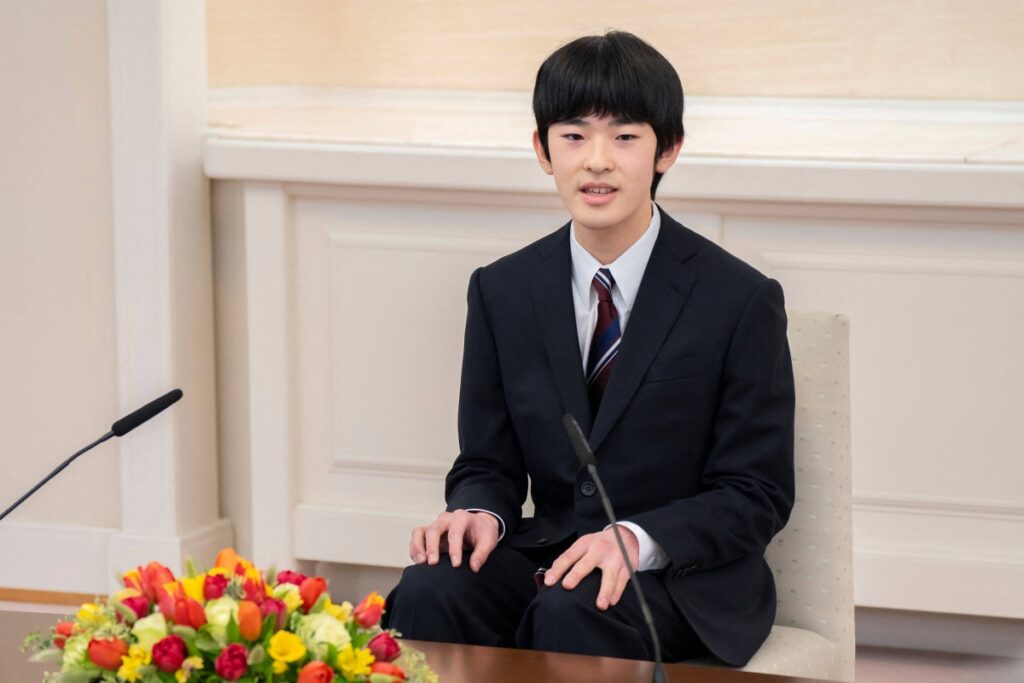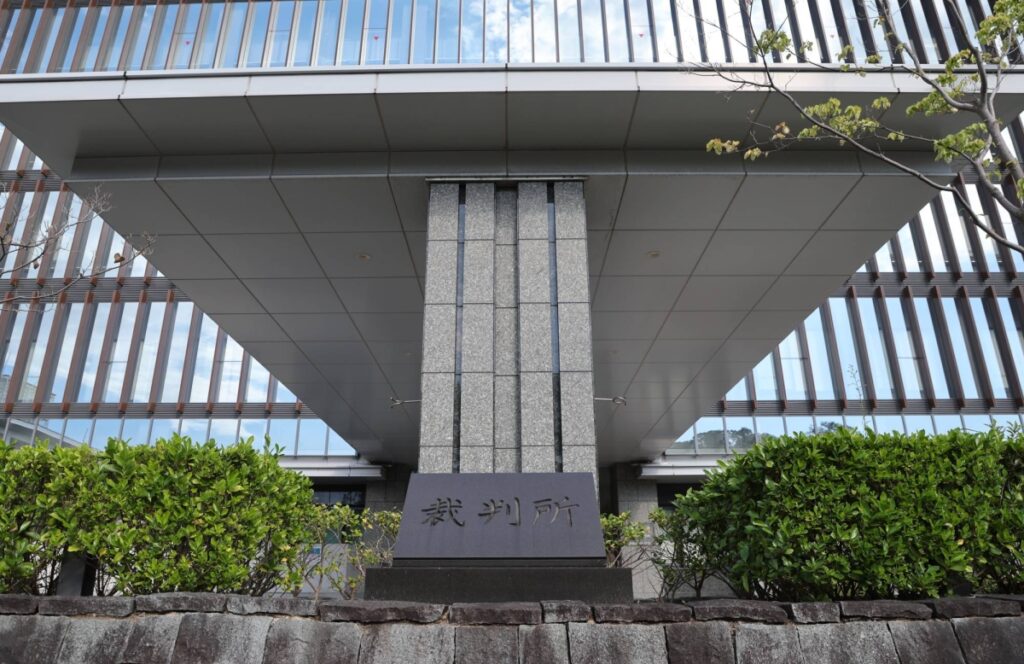This is a sponsored story, created and edited exclusively by Tokyo Metropolitan Government’s Tokyo Updates website. Golden Gai (meaning “Golden District”) lies in the space between Shinjuku’s upscale department stores and its glowing nightlife district. Once the home of Tokyo’s black market, this 6,600 square meter district has nearly 300 tiny bars that attract locals and visitors eager to immerse themselves in Tokyo’s rich history with a drink in hand. We spoke with three key figures of Golden Gai: former chairperson Bunmei Tobayama, current chairperson Kei Sekine and long-time bar owner Kazuko Sawano, to uncover the essence of this cultural gem. A journey through time Tobayama, the revered former chairperson of Golden Gai, embodies the spirit of this vibrant district. He has witnessed its transformation from a hidden haven for counter-culture artists to a celebrated cultural landmark. “In the early days, this place was a sanctuary for artists and rebels,” he reflects, recalling when literary giants like Yukio Mishima sought solace here. “Each bar has its own personality, creating a unique atmosphere for conversation and creativity.” Born in 1947 in Nagano Prefecture, a region west of Tokyo renowned for its picturesque landscapes and cultural heritage, Tobayama’s journey to Tokyo’s arts scene seemed destined. An actor by trade, he began his career as a pharmaceutical worker but was captivated by Tokyo’s avant-garde energy when he moved to Shinjuku at 20. Bunmei Tobayama shares his background and the rich history of both Golden Gai and his bar, Kurakura. | Ryo Fujishima “Golden Gai originated as a post-war entertainment district, which helped shape the vibrant atmosphere the neighborhood is known for today,” he explains. “Back then, such areas were a refuge for outsiders and creatives where unconventional minds gathered under dim lights to exchange ideas freely.” It was a time when art and rebellion walked hand-in-hand, a sentiment that still permeates the narrow lanes today. Preserving Golden Gai has been fraught with challenges, as developers have threatened to reshape Shinjuku’s gritty landscape. “There were times when it seemed Golden Gai might vanish entirely,” he recalls, acutely aware that its disappearance would mean losing a piece of Shinjuku’s soul. Together with bar owners and patrons, Tobayama fought to maintain its unique charm, knowing that the alleys carried not only memories but the very essence of Tokyo’s creative spirit. In 1972, he took over Kurakura, a bar that became a hub for creatives. “Kurakura is more than a bar,” he insists. “It welcomed everyone, from film critics to bohemian actors, offering a refuge for late-night conversations.” The bar soon became renowned for fostering creativity and camaraderie, where voices of dissent and passion filled the air, fueling countless artistic dreams. As Golden Gai gained international acclaim, particularly after its mention in the Michelin Guide, Tobayama welcomes new visitors, hoping they appreciate its spirit. “Golden Gai thrives on conversation and respect—a place for listening and sharing,” he emphasizes. He fondly reminisces about a profound conversation with musician Ryuichi Sakamoto shortly before his passing, underscoring the deep connections formed within these walls. A new age Sekine, the current chairperson, brings a fresh perspective to Golden Gai. His bar — bar plastic model — pays homage to the vibrant pop culture of the ’80s and ’90s. A symbol of his determination to craft a personal experience, the bar is designed as a haven where every item and song evokes nostalgia. “I wanted to create a place filled with my favorite things, much like building my own toy model. It’s a space where people feel as if they’re slipping back in time,” he shares, highlighting the retro decor that fills the space. Sekine’s journey to bar ownership was unconventional. Initially involved in the film industry, he was first introduced to Golden Gai during a memorable night that reignited his passion. Around 2003, he noticed a surge of young bar owners infusing the district with renewed energy and creativity. “It’s wonderful to see so many new faces,” he acknowledges but stresses the importance of appreciating Golden Gai’s history and spirit. Kei Sekine reflects on his journey and the evolution of Golden Gai, blending tradition with innovation in his current role as chairperson. | Ryo Fujishima Reflecting on the changing landscape, Sekine observes that while Golden Gai retains its charm, its clientele has become increasingly international. “Social media has broadened our reach, attracting visitors from around the world,” he notes. “During the pandemic, I started streaming on Twitch, and customers have come to visit after joining the live stream.” The allure of the ’80s continues to draw people, and he appreciates the unique interpretations visitors bring. When discussing Golden Gai’s essence, Sekine says, “It’s about connection and community. Despite its small size, each bar offers a unique atmosphere, allowing for a diverse range of experiences.” He hopes to preserve the core values of creativity and camaraderie that have always defined this place. A community of acceptance Sawano, the owner of bar Buzz for over 22 years, shares her story of spontaneity and courage. Leaving a stable job at a Swiss company, she opened her bar, which has since become a welcoming haven adorned with black-and-white photos of icons like Marilyn Monroe. Sawano was introduced to Golden Gai by a friend who unveiled its magic. For her, Golden Gai’s allure lies in its diversity. “You can flow in and out of shops depending on your mood,” she explains, emphasizing that with nearly 300 bars, there’s always something new to discover. Bar owner Sawano Kazuko shares her story of spontaneity and acceptance, highlighting the welcoming atmosphere of Golden Gai. | Ryo Fujishima Sawano values the community’s acceptance and individuality. A memorable encounter involved a stunning individual in a kimono who revealed himself to be a man in drag. She saw the same man the next day, hand-in-hand with what she assumed was his wife. “No one is judgmental here; everyone holds space for each other,” she reflects. During our conversation, a Swedish man visiting with his nephew joined us, sharing how he had









